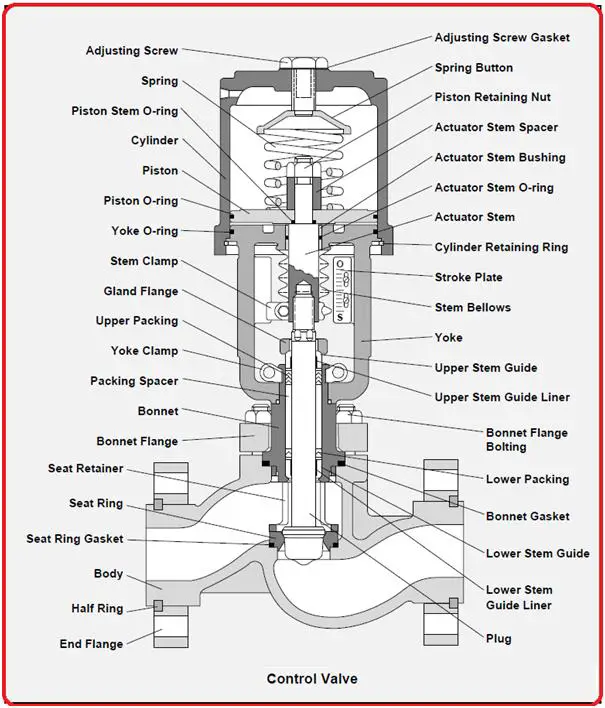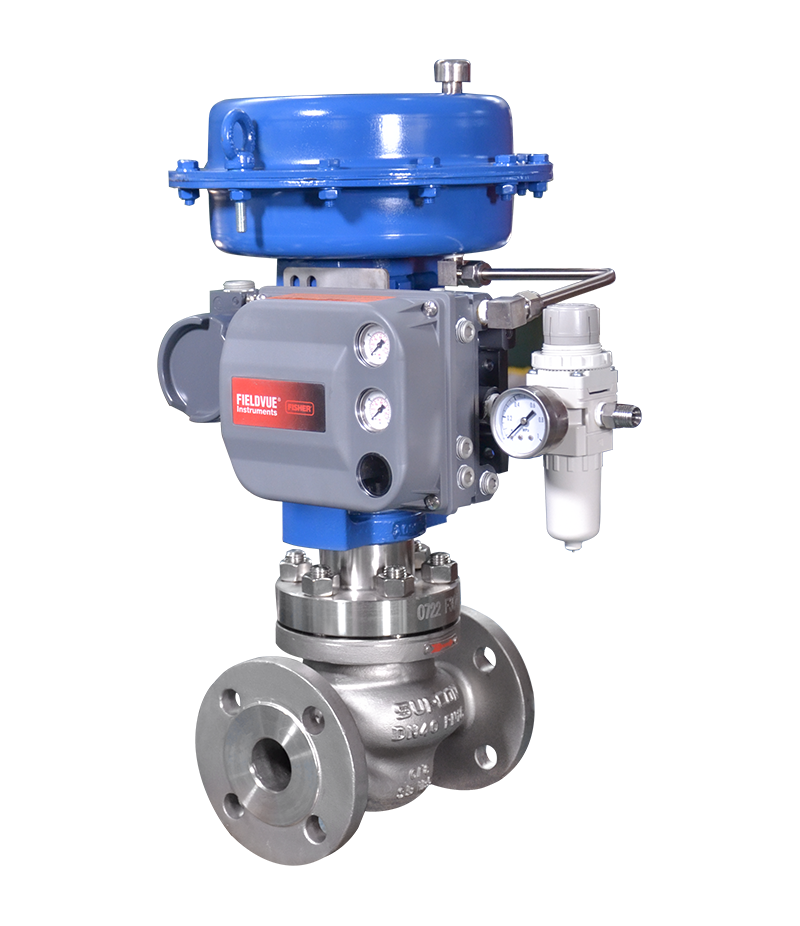Maximizing System Control with High-Performance Control Valves
Maximizing System Control with High-Performance Control Valves
Blog Article
Achieve Seamless Combination and Control With Top Quality Structure Automation Controls
In the world of modern-day structure administration, the relevance of high quality structure automation controls can not be overstated. Accepting top quality building automation controls is not just a matter of ease however a calculated critical for organizations aiming to maximize their facilities' efficiency and sustainability.

Advancement of Building Automation Controls
Throughout the past couple of years, the advancement of constructing automation controls has actually dramatically changed the means buildings are taken care of and operated. Developing automation systems primarily focused on basic functions such as managing ventilation, air, and heating conditioning (COOLING AND HEATING) systems. As innovation progressed, these controls have actually become much more innovative, enabling for a larger array of building systems to be incorporated and taken care of centrally.
The development of constructing automation controls has seen a shift towards more smart systems that can adapt to transforming conditions in real-time. This flexibility is crucial for maximizing energy performance and making certain passenger convenience. Additionally, modern-day building automation controls currently provide features such as predictive upkeep, remote tracking, and information analytics, enabling facility supervisors to make data-driven decisions to boost building efficiency.

Advantages of High Quality Combination
The improvement in structure automation regulates towards even more smart systems has actually highlighted the considerable advantages of quality combination in maximizing building procedures and enhancing overall performance. Quality assimilation of developing automation controls offers several vital benefits. Firstly, it causes enhanced energy efficiency by allowing various systems to interact effortlessly, making certain optimum efficiency and lowering power wastage. Second of all, high quality combination enhances occupant convenience and performance by making it possible for personalized control over ecological settings like illumination, air, and temperature top quality. This customization can result in a more conducive and comfy working or living environment. Additionally, top quality combination simplifies upkeep and fixing processes, as all systems are interconnected and can be kept an eye on and controlled from a central interface. This central control additionally provides better presence and insights right into building efficiency, making it possible for positive maintenance and optimization methods. In general, the advantages of quality combination in structure automation controls are undeniable, providing boosted efficiency, comfort, and operational performance.
Improved Customer Experience and Ease Of Access
Enhancing customer communication with building automation regulates through instinctive design and boosted ease of access elevates the overall experience for residents and center supervisors alike. By concentrating on user official site experience, building automation systems can come to be a lot more straightforward and reliable. User-friendly user interfaces, clear navigation, and customizable setups encourage individuals to connect with the controls easily and efficiently.
Access features play a crucial function in guaranteeing that all people, including those with specials needs, can use the structure automation controls effortlessly. Incorporating functions such as voice commands, responsive buttons, and color-contrasted screens can boost accessibility and make the controls much more inclusive.
Additionally, boosted user experience results in higher user satisfaction, increased performance, and much better decision-making. Occupants can readjust environmental setups according to their choices, while facility supervisors can effectively manage and monitor building systems - control valves. Generally, focusing on customer experience and ease of access in structure automation controls adds to a more smooth and productive structure atmosphere for all stakeholders entailed
Sustainable Practices Through Automation

Moreover, automation can promote the combination of eco-friendly power resources such as solar panels or wind turbines right into structure procedures. Through automation, buildings can straighten with contemporary sustainability objectives and contribute to a greener future.
Future Trends in Building Control Solution
One noticeable fad forming the future of building control systems is the boosted integration of Artificial Knowledge (AI) and maker discovering. Additionally, the Web of Things (IoT) is changing structure control systems by connecting sensors and gadgets to boost and enhance operations effectiveness.
Another crucial pattern is the emphasis on cybersecurity steps to shield against potential hazards to building automation systems. As buildings come to be more interconnected, making certain durable cybersecurity protocols will certainly be necessary to safeguard sensitive information and prevent unauthorized access.
In addition, the shift in the direction of cloud-based platforms is gaining energy, permitting systematized control and remote access to structure systems. This assists in simpler monitoring, maintenance, and updates, enhancing the general efficiency and adaptability of building control systems. As technology continues to advancement, these patterns are expected to shape the future landscape of structure automation controls, driving technology and sustainability in the constructed environment.
Final Thought
To conclude, building automation controls have developed dramatically, providing countless advantages such as boosted customer experience, accessibility, and lasting techniques. Quality assimilation plays a crucial function in accomplishing smooth control and reliable procedure of building systems. Future trends in building control systems are likely to concentrate on further enhancing automation capacities for improved energy performance and overall efficiency. check this It is necessary for structure proprietors and operators to prioritize the fostering of quality building automation regulates to maximize building operations and accomplish long-lasting sustainability goals.
In the realm of modern-day structure administration, the value of high quality structure automation controls can not be overstated. Generally, the evolution of structure automation controls proceeds to drive innovation in the structure administration market, providing new possibilities for developing smarter and extra sustainable structures.
The advancement in building automation controls in the direction of more smart systems has highlighted the significant benefits of quality assimilation in optimizing structure procedures and improving general performance. Generally, focusing on user experience and accessibility in structure automation controls contributes to a much more smooth and efficient building atmosphere for all stakeholders entailed.
It is necessary for structure owners and drivers to focus on the adoption of high quality structure automation regulates to optimize structure procedures and attain long-lasting sustainability goals. - control valves
Report this page